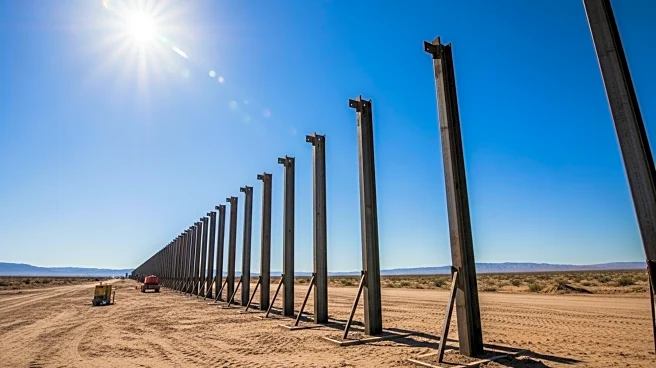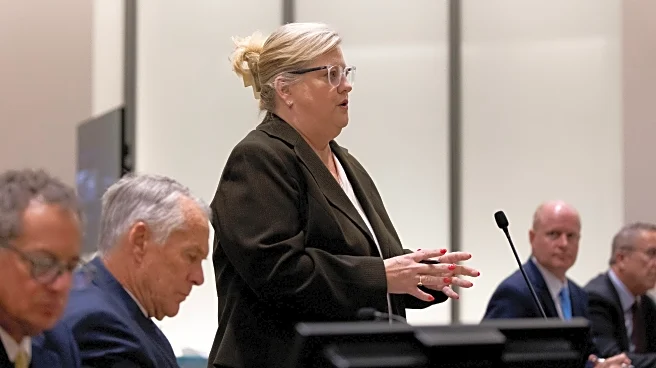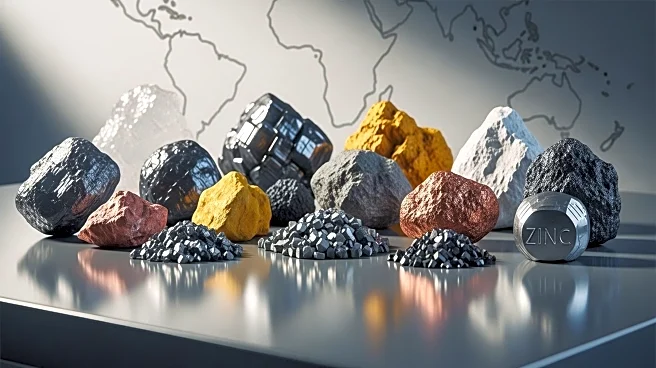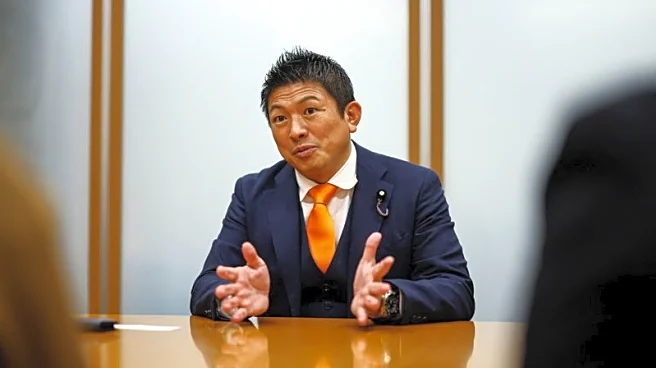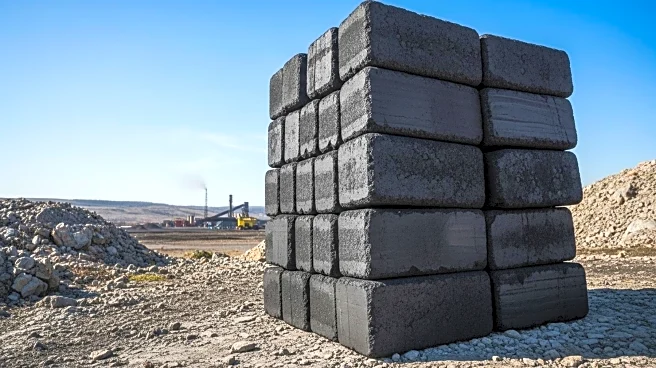What is the story about?
What's Happening?
The Trump administration has commenced construction of a 27-mile section of the border wall in the San Rafael Valley, Arizona, despite ongoing legal challenges. The 30-foot-high barrier is set to cut through one of the last pristine grasslands in the western United States, raising concerns about its impact on local wildlife and water resources. The construction has proceeded under waivers that bypass over 30 environmental and public health laws, sparking criticism from conservationists and local residents.
Why It's Important?
The construction of the border wall in Arizona highlights the ongoing debate over immigration policy and environmental conservation in the United States. The wall's potential impact on biodiversity and water resources poses significant challenges for local ecosystems and communities. The legal and ethical implications of bypassing environmental regulations to expedite construction raise questions about the balance between national security and environmental stewardship.
What's Next?
The legal challenge against the wall's construction is ongoing, with potential implications for future border security projects. The outcome of the court case may influence the administration's ability to continue construction and set precedents for environmental policy. Local and national advocacy groups are likely to continue opposing the project, emphasizing the need for alternative solutions that address both security and environmental concerns.
Beyond the Headlines
The border wall's construction reflects broader tensions between federal and local priorities, as well as the challenges of implementing large-scale infrastructure projects in sensitive ecological areas. The project's impact on wildlife migration and water resources underscores the need for comprehensive environmental assessments and stakeholder engagement in decision-making processes. The wall's construction may also influence public perception of immigration policy and environmental conservation efforts in the United States.
AI Generated Content
Do you find this article useful?
